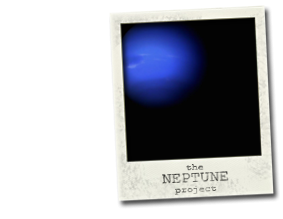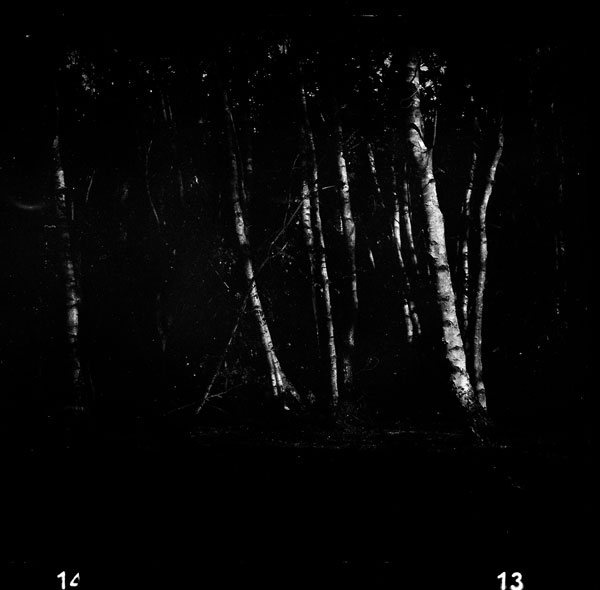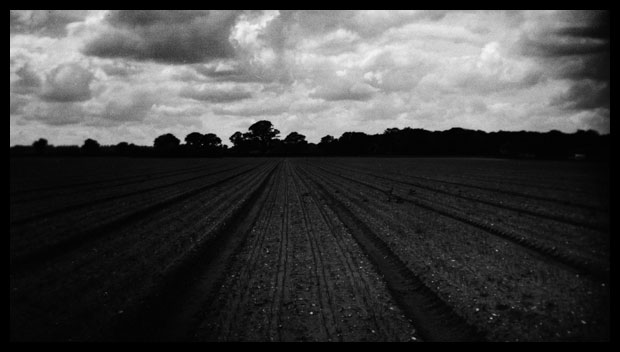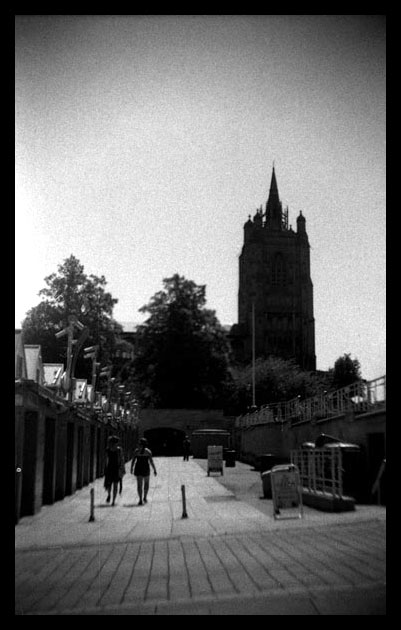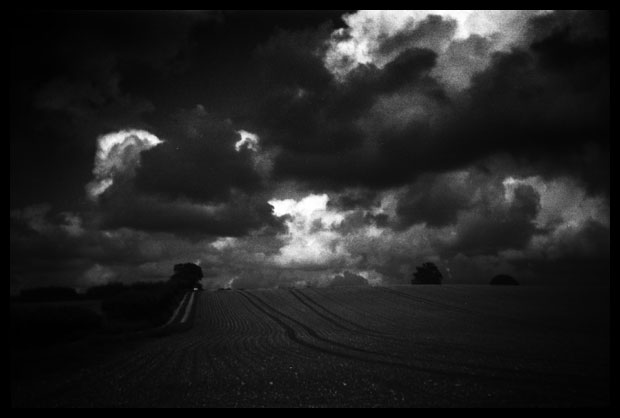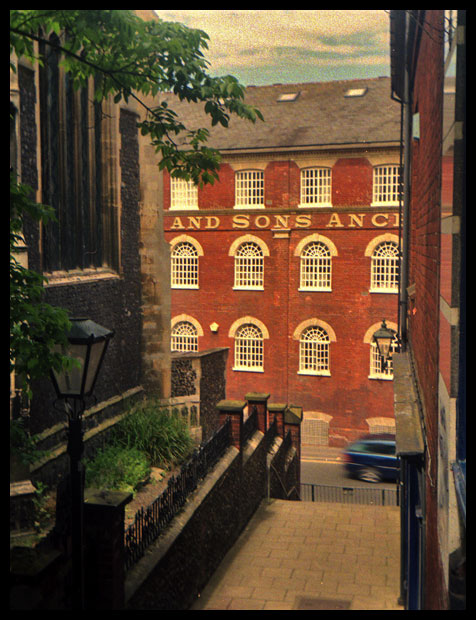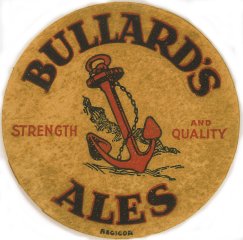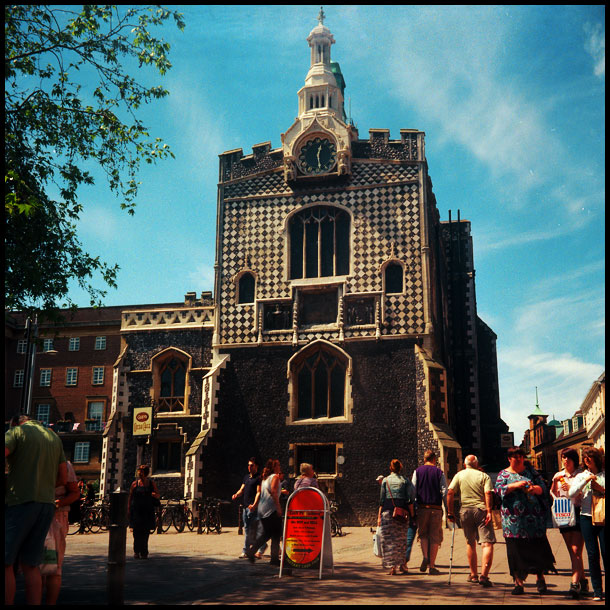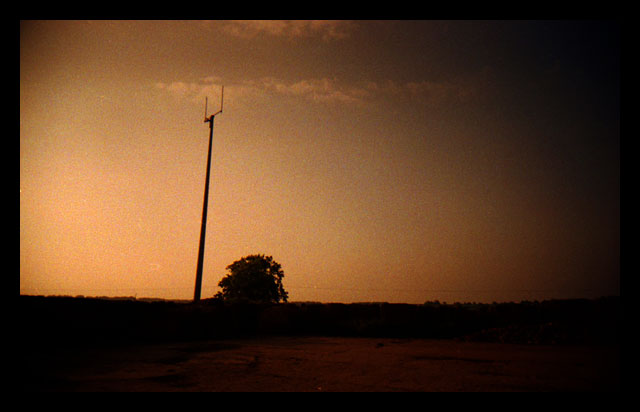Monthly Archives: June 2012
The Twilight Feeling
“The Twilight Feeling”
1956 Ferrania Ibis 44 / Efke R100
See the new gallery from this camera here.
Jem Jr 120
Jem Jr 120 / Cross-processed XP2
Taken this weekend.
See the full roll here.
I confess that I noticed this camera originally because it shares a name with me. My family have called me Jem from the earliest age, so I don’t even remember the origin of it. When I was a teenager I got a little embarrassed by it, but for the last several years all the people that I am closest to call me Jem again, and my family never stopped of course. The camera is quite a fine box camera manufactured in Newark, New Jersey in 1940. It needed some considerable cleaning, but it works pretty much perfectly and still contains the original wooden spool.
These very old lenses are fairly unforgiving, they are just plain ground glass and they fall-off a great deal, but that is part of the charm. In fact you could argue that it is all of the charm. If you want pin-sharp undistorted glass, then it’s your choice to buy a 7-element laboratory grown, multi-coated monster for the price of a small family car (or 200 beautiful box-cameras). In fact, I sold a Canon 24-70mm L series last year, and it paid for our entire camera collection (maybe 40 cameras) and associated darkroom gear, film and chemicals and we still have change. Okay, not much change.
New cameras are finding their way to us all the time though. I have Efke 127 film in a Ferrania Ibis 44 just now, and I also have a Pentax auto 110 to test. And a Halina 35x Super, which is perhaps not so much of an improvement over the ‘Empire Made’ 35x standard.
On we go.
Brownie Flash III on Fuji Acros 100
There isn’t an outing in this house that doesn’t involve at least four cameras each (per adult) and one each for at least three of the children… That’s a *lot* of cameras…
And there’s a danger with this modus operandi: one tends to forget which camera does or doesn’t contain film.
I had assembled my photographic equipment for our walk the other day: my Halina Paulette, Bencini Comet IIS and my Lomo Lubitel 2, when another appeared on my ‘pile’ – a Brownie Flash III. I asked Jem if he’d put it there and he told me he’d noticed it had a ’4′ in the red window. Eek! That meant it had film in it and I had no recollection whatever of when or where I had loaded it and taken the first four shots. The only thing I did know (because it was another of our ‘live and learn’ moments) is that it was loaded with Fuji Acros 100… because I had put a sticker on the bottom of it saying so.
So, now that we’re up and running with our own developing, it seemed prudent to finish the film as quickly as possible and get it processed.
Of the mere eight shots that a roll of 120 yields from a Box Brownie, only four and a bit really came out. Despite the fact that the camera had been stored in its original canvas case, the film had still deteriorated and there’s serious fogging throughout, totally destroying two shots, making the third unusable, but the other five came out with varying degrees of success.
My lessons for today, then, are:
- Remember which camera is loaded.
- Make sure you use it till it’s done.
- If you store it for a while without using it, make sure you cover the red window with electrical (or similar) tape.
One of them, however, came out beautifully in spite (or maybe because) of the deterioration. One of our favourite photographic spots:
Gaol Hill
With the spire of St Mary’s overlooking Norwich Market.
Gakkenflex / Ilford HP5+
The Anchor Brewery
Viewed from St. Benedict’s in Norwich
Kodak Duex / Fuji Pro
This shot was mostly an experiment taken with the 1940 Kodak Duex, I was keen to see what it would do with some high-saturation colour film in it. I have discovered that it only really likes somewhat distant subjects (over 8 feet) and good light.
Bullards ceased beer production in 1966 and the impressive edifice is now home to an insurance company. Now that’s dissonance!
1938 Voigtländer Brilliant
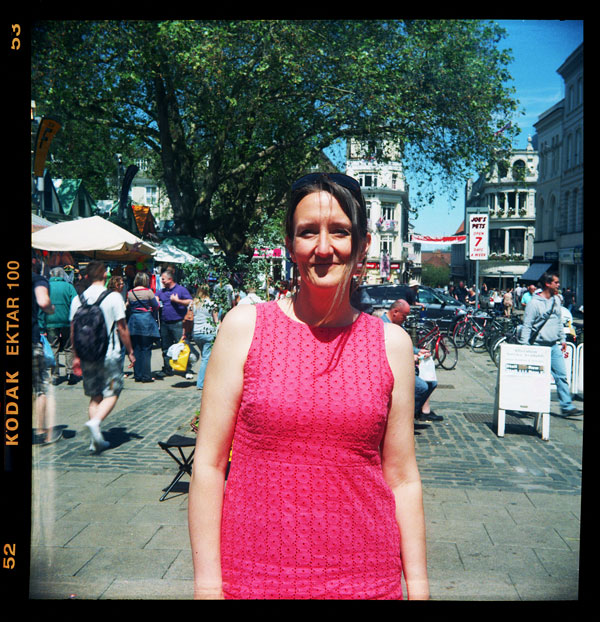 There has been quite a saga accompanying this camera. The Voigtländer Brilliant of 1938 was the world’s first focusing TLR, and as a template it has spawned several copies, most notably the Lomo produced Lubitels (of which we have two), but even if the copies are great – for reasons of lomography – they don’t quite have the pedigree of the Voigtländer. I realised after trustingly putting a roll of Ilford through it that the focusing mechanism was off kilter, so I resolved to try it again using zone focus and a roll of Ektar.
There has been quite a saga accompanying this camera. The Voigtländer Brilliant of 1938 was the world’s first focusing TLR, and as a template it has spawned several copies, most notably the Lomo produced Lubitels (of which we have two), but even if the copies are great – for reasons of lomography – they don’t quite have the pedigree of the Voigtländer. I realised after trustingly putting a roll of Ilford through it that the focusing mechanism was off kilter, so I resolved to try it again using zone focus and a roll of Ektar.
It has taken a while to get the camera this far. I bought it very cheaply last year and like all of the Brilliants, it hadn’t aged especially well. The finder was loose and rusted, the mirror had lost nearly all its silver, the film chamber’s painted interior was flaky and the counter wouldn’t move. I cut a new mirror and replaced it then set to work drilling out the rusted screws from the finder. I carefully removed the prism finder and put it out of the way: it’s a beautiful and precise piece of glasswork after all, then a few moments later heard a crash. I looked up to see that one of the boys had decided to have a look at this rather gleaming jewel, picked it up and promptly dropped it on the floor.
Even though I immediately recognised this as an excellent opportunity to practise mindfulness, I was still devastated. The entire corner of the prism was smashed and at first glance it looked as though the camera was going to have to go for spares.
In the end I cleaned it all up and put it back together anyway and found that because the finder hood covered a good portion of the prism, it was still in fact usable. I wasn’t able to fix the focus because the viewing lens was moving freely through its range in tandem with the taking lens, there was nothing to adjust. For some reason, it just doesn’t match up anymore. I suspected that this might be because the infinity stop had shifted but I checked the film plane for accuracy and it seemed good. So I loaded up some Ektar and took it to Norwich with me at the weekend.
The reason that focusing Brilliants with good glass are so desirable is not so much the focusing ability of the camera, but the quality of the Skopar lens. It operates at a very decent ƒ3.5, and is reputed to have excellent characteristics. The vast majority of surviving Brilliants have much less capable lenses than the Skopar.
Upon seeing a few of the results, I have to agree. This camera takes a great deal of patience to use, it is after all 74 years old now, and has taken a few knocks, both old and new, but it is still a classy performer all the same, as you can see.
Even so, I think I shall be selling it. Even without a focusing viewing lens, a partly smashed prism and a non-functional film counter I think I can get a decent price for it because the lens is gold, and as any serious photographer will tell you, the lens is pretty much the whole story, regardless of its innate style. I love plastic lenses, which cost a few pence, but they give a very different style. If you are looking for accuracy, then the Skopar beats many more modern competitors hands-down.
Plus, I recently bought a Yashica from Pakistan and I cannot really justify owning five TLRs!
Ensign Ful-Vue Super in Monochrome
After the roaring success of the Ful-Vue Super in colour (Ektar, to be precise), I decided to give it a go in black and white. So I filed down a roll of Ilford HP5 120 film to fit (it being a 620 medium format camera), loaded it up and off I went. (Home-developed in Ilford LC29 and home-scanned).
The results can be found here. But here are one or two to be going on with:
The only problem I had is that once again it began sticking and slipping at around exposure 4, and by number 10 I had to give up winding on, so I have lost 2 shots per roll so far. And on a roll of film that only contains 12 exposures anyway, that’s a pricey fault!
I suspect that the culprit is the filed down 120 film. 120 comes on a much thicker spool and I don’t think the more streamlined mechanism is coping with it at all well, so for the next roll, I’m going to have to attempt respooling 120 film onto a 620 spool. I am assured that once you’ve got the hang of it there’s really nothing to it…
*gulp*
![]()
Wish me luck!
Superheadz Gallery
Superheadz Black Slim Devil
The entire gallery is available to view here…
A Tribute to Alice
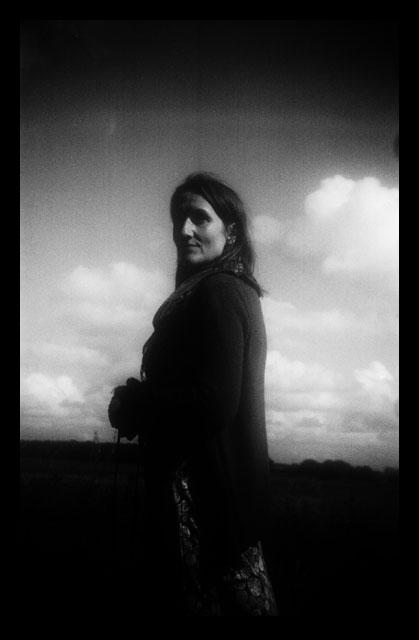 Here is a shot of Alice from a roll of HP5 taken with the Kodak Brownie Six-20 model D, of which I have two copies procured from a local antique shop, neither costing more than the price of a lifestyle coffee in the city.
Here is a shot of Alice from a roll of HP5 taken with the Kodak Brownie Six-20 model D, of which I have two copies procured from a local antique shop, neither costing more than the price of a lifestyle coffee in the city.
Alice is a great photographic subject, which somebody pointed out to me yesterday. It is not that I’m unaware of how strong and refined she is. Her calm, poise and her peaceful nature are easy to get used to, but they sometimes really show in a photograph too.
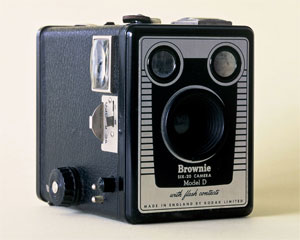 I will put up a few more shots from this roll later. It is remarkable to consider that the camera is several decades old and hasn’t even been particularly valued or cared for in most of that time. I have much more expensive and high-end cameras than this but even so, they can’t compete with some of the old-timers for sheer style and elegance.
I will put up a few more shots from this roll later. It is remarkable to consider that the camera is several decades old and hasn’t even been particularly valued or cared for in most of that time. I have much more expensive and high-end cameras than this but even so, they can’t compete with some of the old-timers for sheer style and elegance.
A bit like Alice in fact.
